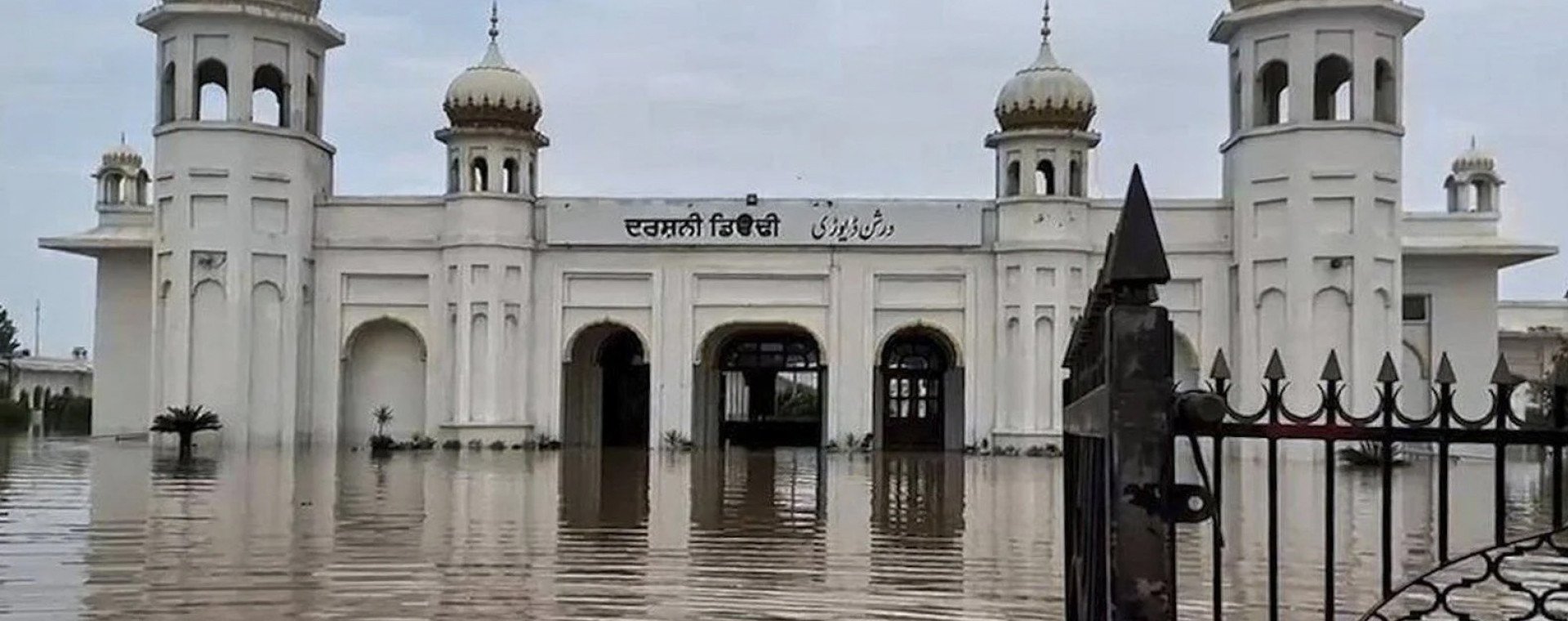In the sweltering aftermath of Pakistan's most devastating monsoon season in recent memory, the waters have receded, but the scars remain etched deep into the lives of the nation's most vulnerable. The 2025 crisis unfolded with ferocious intensity. Torrential rains, swollen by climate change-fuelled anomalies, unleashed flash floods and accelerated glacial outbursts across Khyber Pakhtunkhwa (KP), Punjab, and Sindh provinces. By mid-October, the National Disaster Management Authority (NDMA) reported over 1,037 deaths and 6.9 million affected nationwide, with 3 million forced from their homes. The flood also caused extensive damage to infrastructure, with over 229,700 houses, 790 bridges, and 2,811 kilometres of roads destroyed or damaged according to NDMA.
The impact on minorities
A direct correlation exists between the specific provincial epicentres of the floods and the primary geographic concentrations of Pakistan's Christian, Hindu, and Sikh communities.
The Christian population is heavily concentrated in the flood affected areas of Punjab e.g. Lahore, Sialkot (Nala Aik, Nala Daik, Nala Palko) and Kasur (Bhikkiwind). This geographic vulnerability is compounded by socio-economic factors. A significant portion of the urban Christian population resides in katchi abadis that are often built on marginal, flood-prone land such as riverbanks and lack state-provided drainage or sanitation, making them exceptionally vulnerable to the urban and riverine flooding seen in 2025. Furthermore, Christians largely belong to the sanitation worker class, a role that exposes them directly to the hazardous after-effects of overflowing sewers and stagnant floodwaters.
"Tribal Hindu communities in interior Sindh" were explicitly identified in relief reports as being "particularly affected". The floods in Sindh mapped directly onto districts concentrated with Hindu population including Thatta, Badin, Jamshoro, Dadu, Umerkot and Tharparker. The latter two have the highest absolute numbers, with Tharparkar at 810,000 population and Umerkot having 54.7% of Hindus in Pakistan. Located in an arid region, these are identified by the NDMA as a "severe" risk zone for drought. Their primary vulnerability, is socio-economic. The Hindu community is disproportionately affected by the hari and bonded labour system. As a landless minority often trapped in debt, their ability to evacuate or access aid is severely compromised.
The Sikh population is small, estimated to be 16,000–30,000, and highly clustered in a few specific locations including Buner district, KP, specifically in the village of Pir Baba which was directly in the path of the resulting flash floods and Narowal district, Punjab, home to the Kartarpur Sahib Gurdwara, and centre of the "exceptionally high" flooding from the Ravi, where floodwaters surged through the historic pilgrimage site, eroding foundations and submerging prayer halls.
Continue Reading on The Express Tribune
This preview shows approximately 15% of the article. Read the full story on the publisher's website to support quality journalism.
